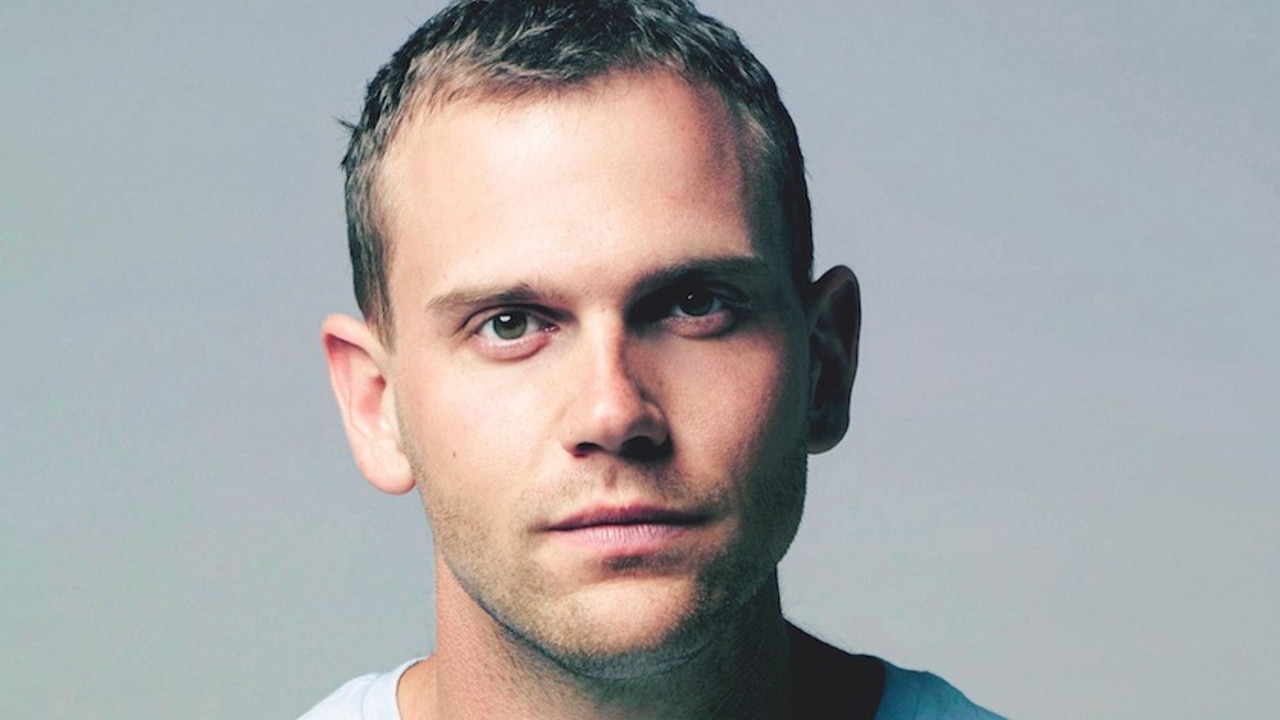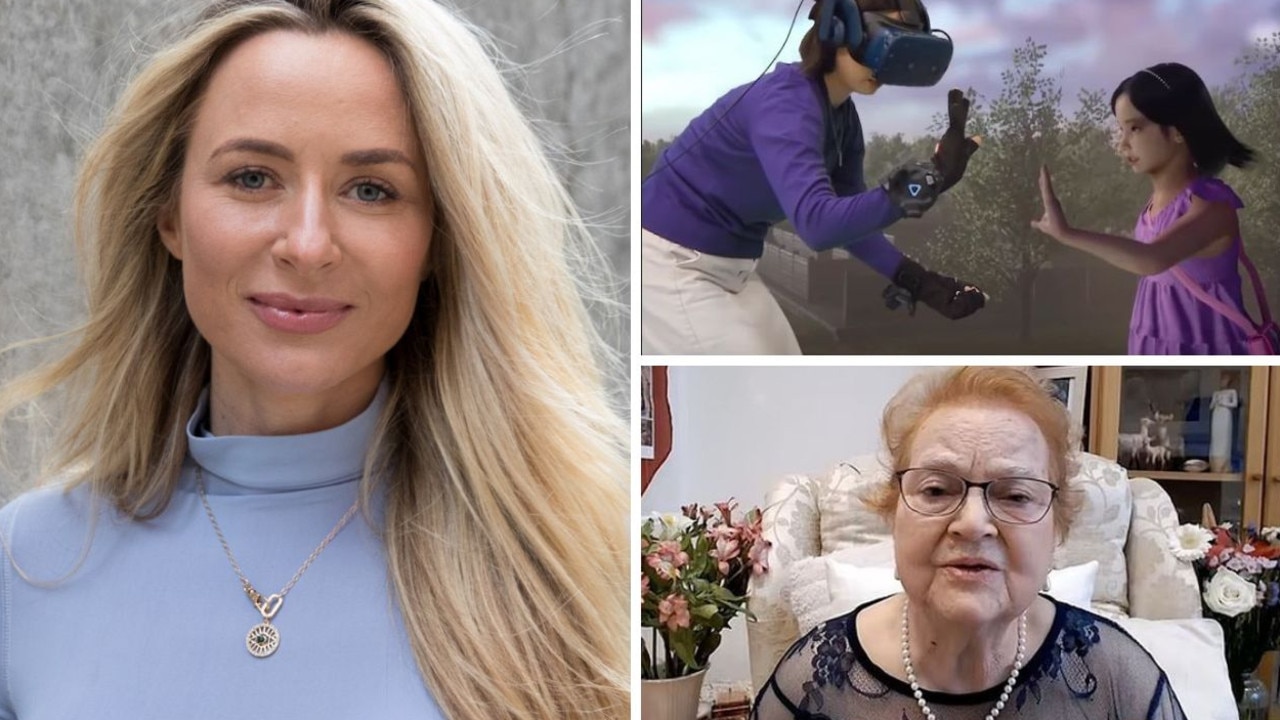Aussies are now picking woollen coffins, smart urns and firework funerals when they die
IT’S a topic no-one wants to think about until it’s too late. But it doesn’t have to be that way - and Aussies are coming up with some unique ideas.
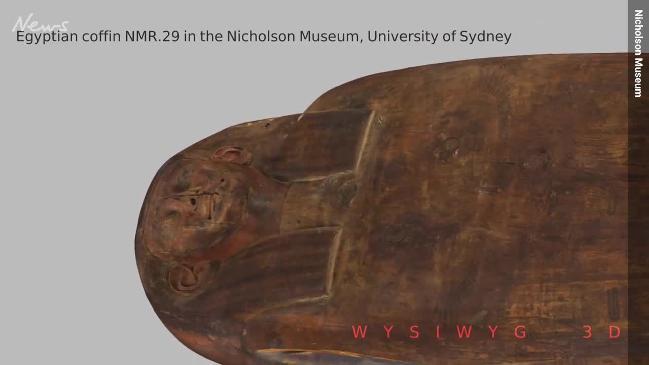
PLANNING our funerals, while we’re still kicking, has always been a pretty uncomfortable topic.
Traditionally, Australians have been pretty reticent about what they want to happen to their body after death, or what sort of vessel they want to be locked inside for the rest of eternity.
But in the past decade, experts have urged people to take an active role in their afterlife preparations, for the sake of their loved ones, who are often forced to make quick decisions about funeral arrangements in the days after a devastating loss.
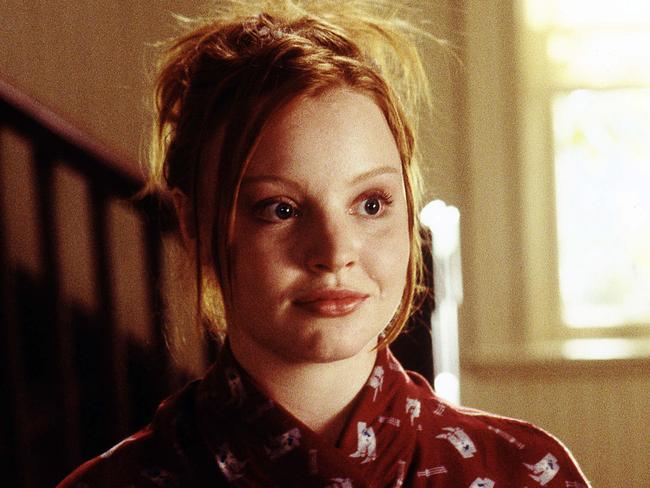
The trend seems to have caught on with more people increasingly seeking imaginative ways to bid this mortal coil a fun farewell.
As it turns out, Australians are a pretty inventive bunch, and the days of seeing your relative dressed up in a gloomy timber box are a thing of the past.
Unless you’re into that, then that’s totally an option too.
From scattering your ashes across land and sea, to literally shooting yourself across the sky in a “spectacular fireworks display” (yes, this is a thing), people are looking to go out with a bang.
So what are some of the new ways to host a funeral?
Fireworks funeral
For those who are looking for something a bit more colourful, Ashes to Ashes can literally turn you into a firework.
Owner Craig Hull started his business seven years ago after noticing a gap in the funeral market.
“This is a really beautiful way to help the loved ones who are left behind celebrate the person’s life,” he said.
A cremation usually creates about 3kg of ash, all of which is embedded into in Mr Hull’s fireworks.
“We don’t just use a sprinkle of them, we send the whole 3kg up in the air,” Mr Hull said.
“We deal with the ashes of the deceased with dignity and respect and can even choreograph a fireworks showcase to selected music for their families”.
Sending yourself skyward will set you back anywhere from $5,500-$9,500, depending on the council permits required in your suburb.
Mr Hull said the concept has taken off, with Ashes to Ashes performing about 38 fireworks funerals each year, with some requests, more unusual than others.
“One gentleman from the Sunshine Coast was quite an eccentric character and asked us to place popcorn in the pockets of his suit when we cremated him,” Mr Hull said.
“So he was popping through the entire process at the crematorium”.
Smart urns
If fireworks aren’t your thing or your budget doesn’t allow for it, a growing number of funeral companies offer the chance to get back to nature with affordable green burials and cremations.
Colin Wong, chief executive of funeral comparison website Gathered Here, said people are increasingly moving away from the traditional stoic funeral service towards a more eco conscious celebration of life.
“People are opting to be buried in natural coffins that can be made from wicker, willow, sea grass, bamboo and even cardboard,” Mr Wong said.
“Cotton or organic linen shrouds are also growing in popularity as they are a major cost saver, compared to the price of a traditional coffin”.
Natural Grace managing director Libby Moloney said her Victorian-based business offers natural burials and shrouded cremation services in an effort to leave a “gentle footprint on the Earth as our guests are departing it”.
Shrouded cremation
Natural Grace developed the practice of shrouded cremation several years ago. The process doesn’t involve embalming the body, which refers to preserving human remains using extraction methods and chemicals.
Instead, the body is bathed in warm water and essential oils before it is wrapped in a piece of 100 per cent cotton cloth, known as a shroud.
“People can choose a simple calico or a piece of raw silk or anything that is meaningful to them,” Ms Moloney said.
“And instead of being placed in a coffin, the person is laid on a timber bearer and the family covers the shrouded body with flowers and greenery before it is cremated”.
A standard cremation fee can be about $675 but Ms Moloney said wrapping a loved one in a simple shroud beforehand is much more affordable then cremating them in a heavily adorned, timber coffin.
“A shroud bearer can be as little as $300, which is very different to several thousand dollars,” she said.
Families can also explore several different cremation options at companies like Natural Grace.
Biodegradable urns, made from locally sourced wood, break down when buried “so the ashes can go back to the Earth”.
“The standard blown plastic container, which the vast majority of cemeteries inter bodies in, will never connect back with the Earth again,” Ms Moloney said.
“We transfer them from plastic into handmade cardboard urns and perform an Earth burial”.
Urns from Natural Grace start at $150.
Natural burials
Natural burials are also growing in popularity across Australia, which involves wrapping the deceased’s body in a natural, biodegradable shroud or coffin to allow it to breakdown fully in the earth.
This is also a really affordable option for burials.
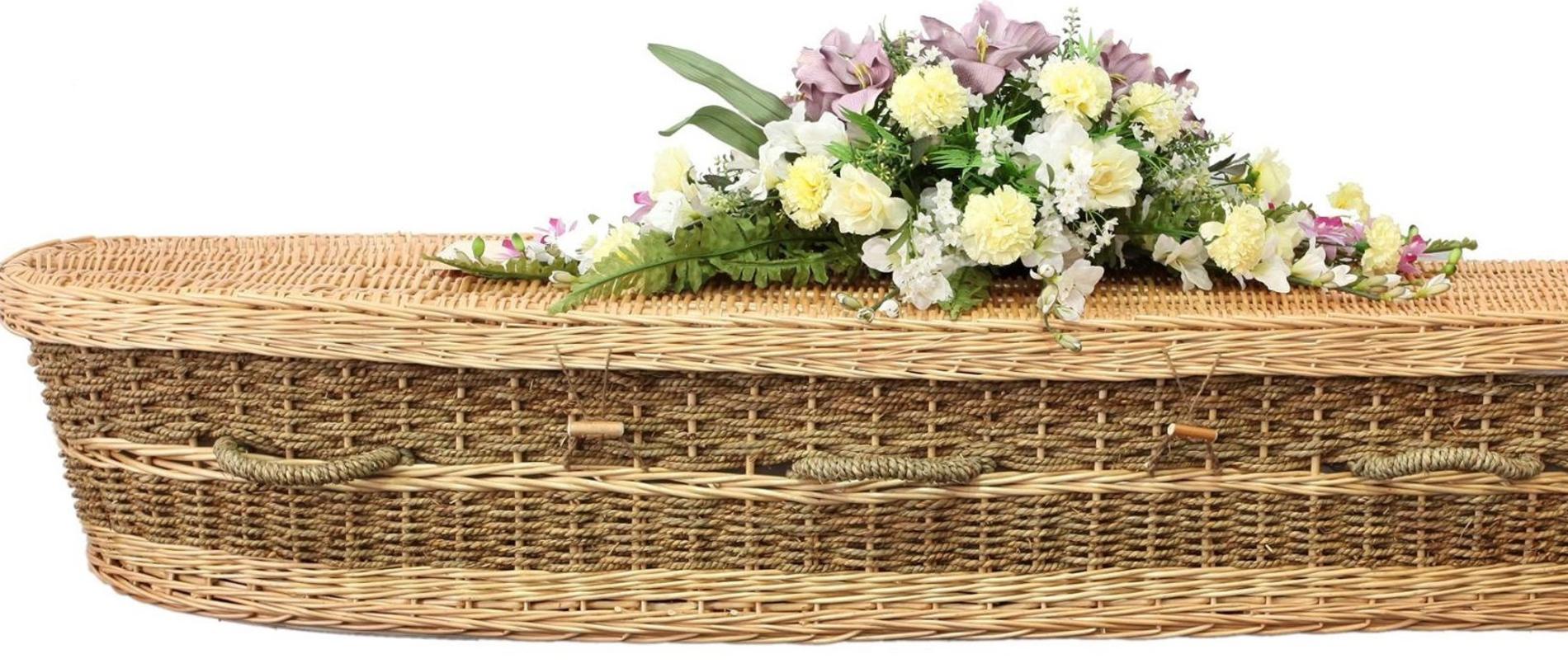
Coffins come in all shapes and sizes these days, from the standard timber model to cardboard, woven wicker and even felted wool.
A woollen coffin starts at $1,795 while a wicker coffin will cost about $975.
Natural burials involve placing the body in a shallow grave, which varies in height according to the state.
In Victoria for example, the minimum legal depth for graves is 750mm above the height of the coffin or bodily remains.
This is very different from the traditional ‘six-feet under’ graves of the past.
Ms Moloney said shallow graves aid in the speedy breakdown of a body.
“Organic activity in soil is much more active at a shallower depth so the body will decompose more naturally,” she said.
“That process will be quicker and cleaner because there is oxygen in the soil at that shallow level whereas deep down, it’s not as clean”.
Shallow graves can also have a healing impact on families, psychologically.
“Deep graves can often make families feel uncomfortable. The body is lowered so far down that it takes a lot longer and you can barely see the bottom,” she said.
“Families can connect much better to the person in a shallow grave, where they can lay rose petals in the bottom and lay their basket or body down themselves”.
“The families will often fill in the graves themselves. We have found that passing the spade between them all to contribute can be therapeutic”.
“Attending to our dead is a really old-fashioned notion, we are just re-pioneering old ways of doing things”.
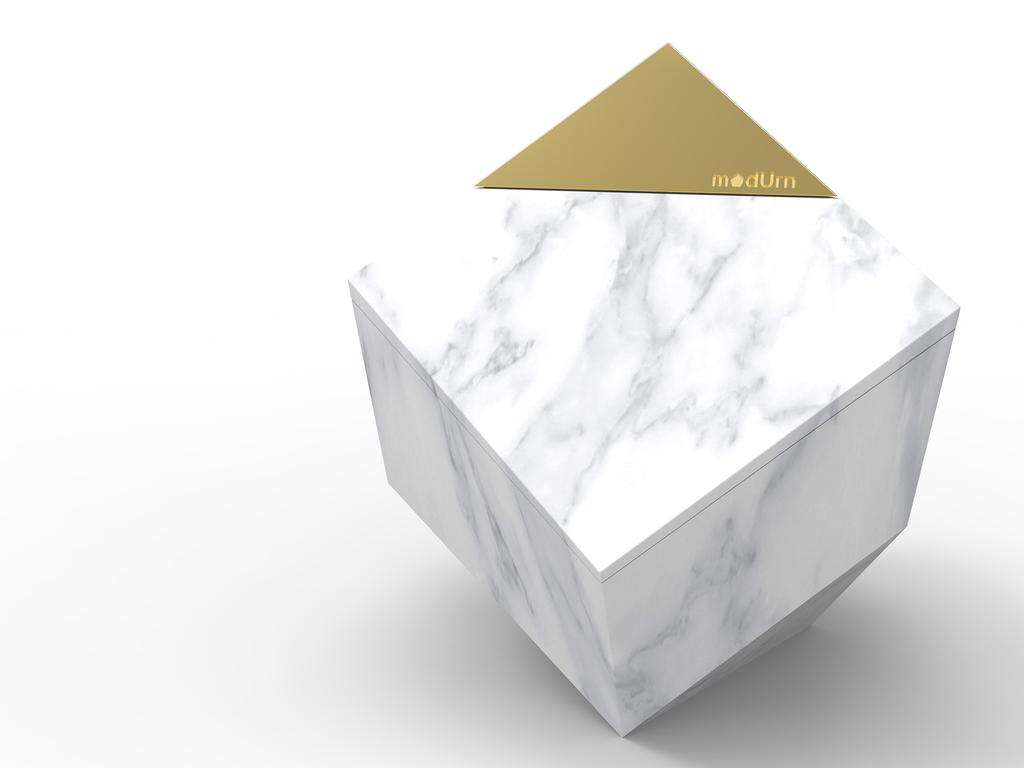
Smart urns
Feeling sentimental? This stylish little rhombus not only holds your ashes, but can also synch to your loved one’s smartphones and tablets to send them messages, photos and reminders of your life.
The ModUrn, developed in Australia by Sonia Vachalec, is a world first device that ties together all the aspects of your life that you want to pass on after your earthly departure.
Ms Vachalec developed the idea after the death of her father when she was 23.
“I realised that there was no centralised place people could keep voice recordings, videos, notes or photos of their loved ones,” Ms Vachalec said.
“I wanted to develop a secure platform that would can touch into who the person really was, rather than leaving cold, boring dates and facts behind.”
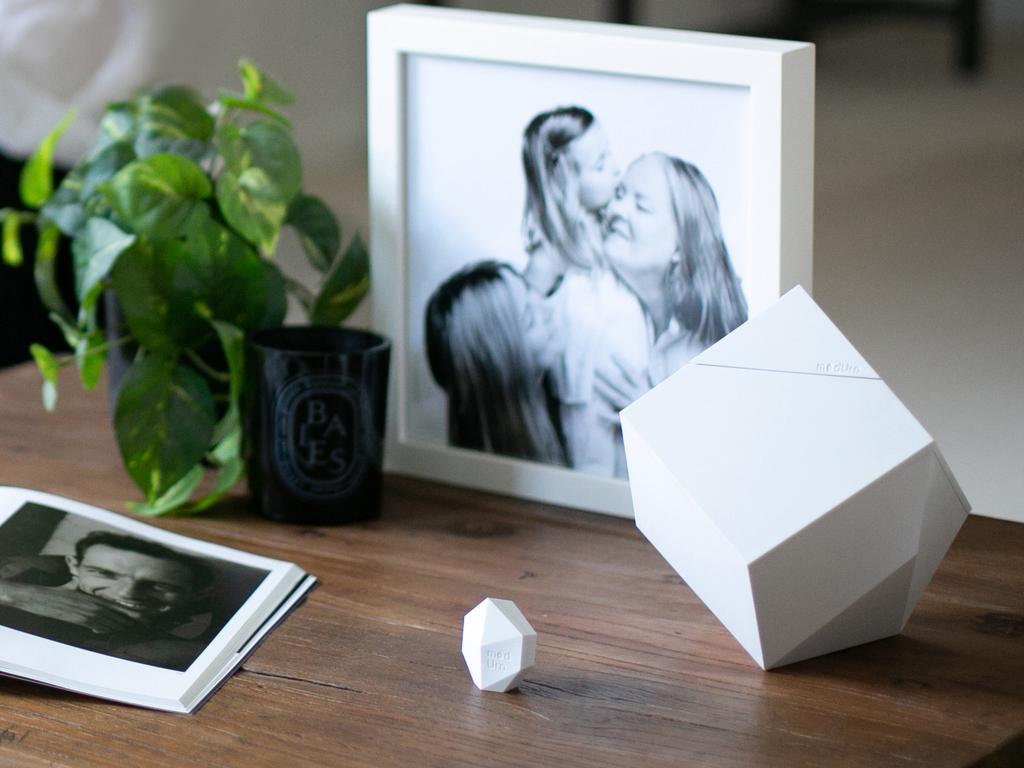
The ModUrn and it’s smaller counterpart Memento, are encrypted devices that offer a platform to tap into images, stories, videos via an app on your loved ones phones.
The app can only be accessed by verified people so families can keep their information private.
Before you die, you can record messages to your loved ones, pass down your favourite recipes, include a family tree and even add your medical records to assist your family with potential health issues years after your death.
“You can include all of those magic things that you tend to lose after someone passes away,” Ms Vachalec said.
The most fascinating thing about this is its “proximity beacon”, that alerts people when they’re within seven metres of the urn or the Memento.
If you’re not keen on spending eternity in a smart urn, you could just try the Memento, which is a smaller storage device that can be kept in the home.
Aside from being seriously practical, it’s also super stylish and comes in a variety of colours and even features a gold and marble design.
The ModUrn starts at $945 and the Memento starts at $195 and there’s even a smarturn for your pets which starts at $295.


